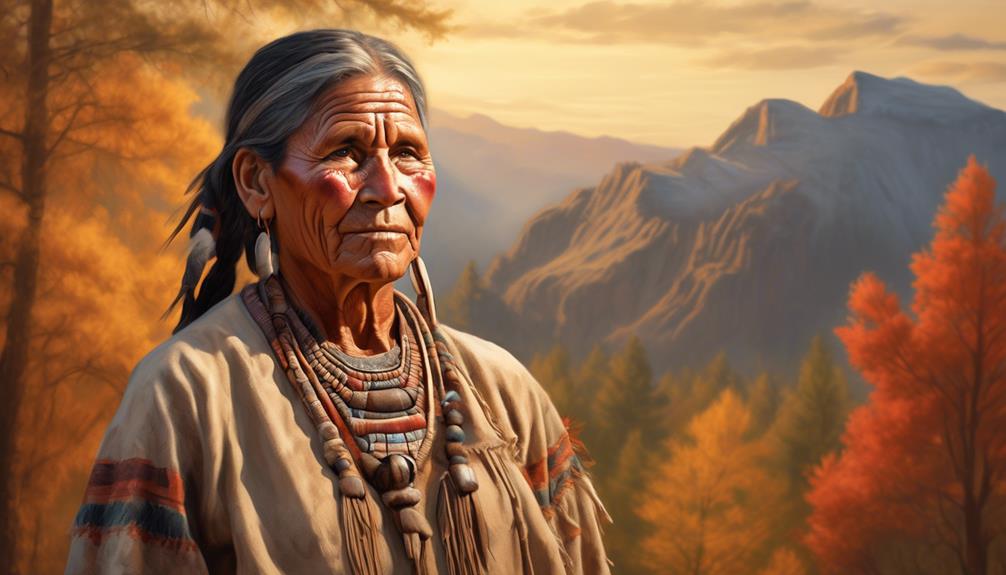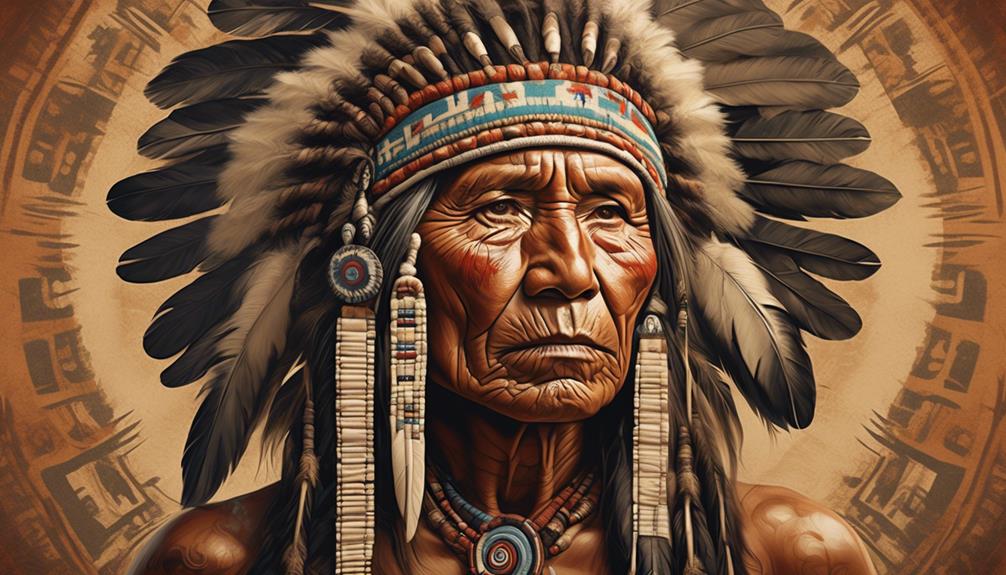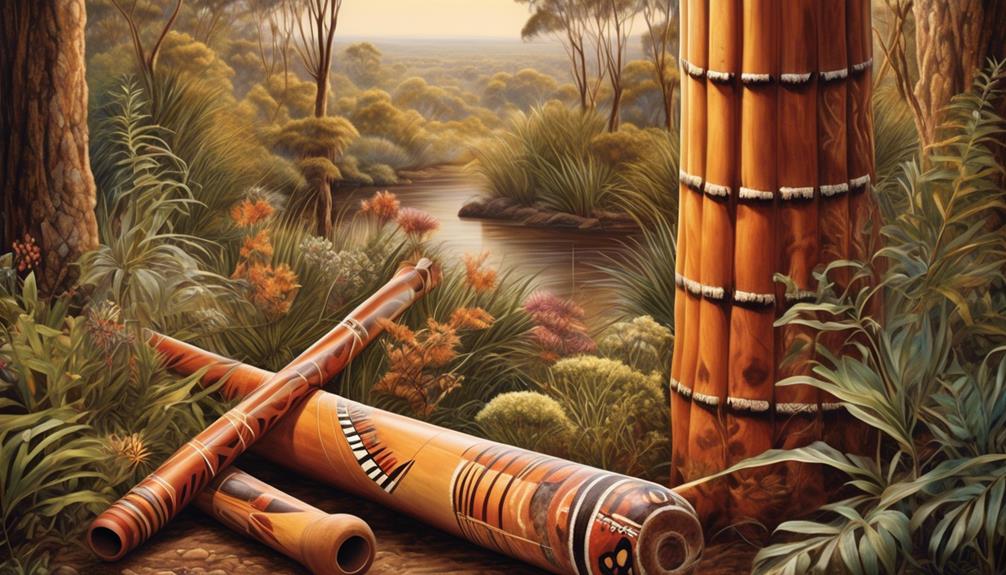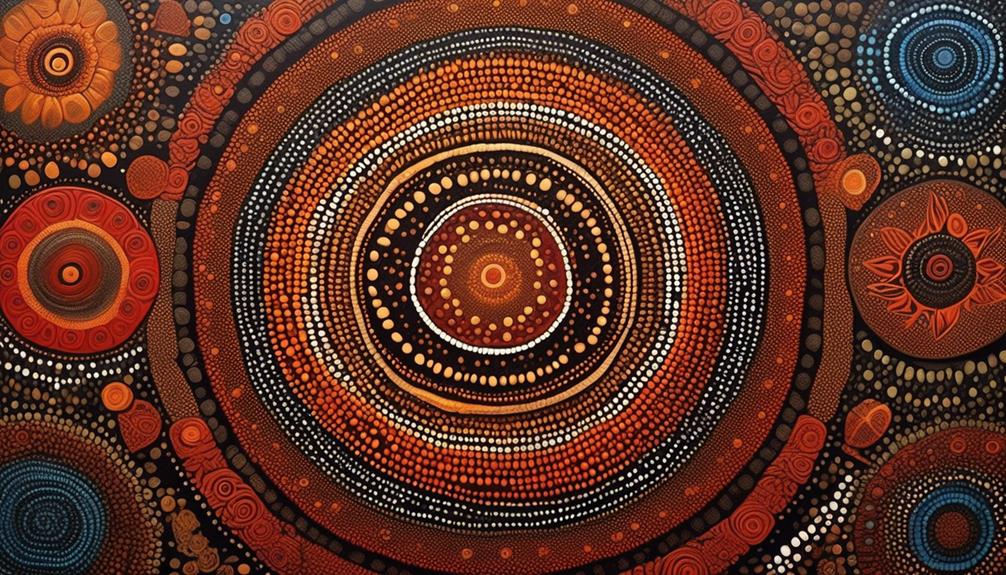Have you ever wondered how Native Americans greet each other?
The rich cultural diversity of Native American tribes brings with it a myriad of unique and traditional ways of saying hello.
From the Navajo in the Southwest to the Inuit in the Arctic, each tribe has its own distinct customs and greetings that reflect their deep connection to nature and community.
These diverse greetings are not just simple hellos; they carry with them centuries of tradition and are a window into the rich tapestry of Native American culture.
Key Takeaways
- Navajo and Apache greetings are accompanied by a handshake or nod and reflect the deep cultural significance of respectful interaction.
- Inuit greetings emphasize community and connection, often involve non-verbal communication and body language, and show honor and consideration for others.
- Lakota greetings are rooted in deep reverence and tradition, with a handshake and silent nod signifying respect and acknowledgment.
- Cherokee greetings symbolize a warm welcome and acknowledgment, often involve shaking hands to signify trust and equality, and place a high value on expressing gratitude and honoring elders.
Navajo Greetings
When greeting someone in the Navajo culture, it's customary to offer a warm and sincere welcome, often accompanied by a handshake or a nod of the head. Traditional customs play a significant role in Navajo greetings, reflecting the deep cultural significance of respectful interaction. The use of the Navajo language in greetings is a crucial aspect of preserving the cultural heritage. The language isn't only a means of communication but also a vessel for passing down traditional customs and values from one generation to the next.
In modern times, while the traditional customs of Navajo greetings remain prevalent, there have been some adaptations. For instance, in addition to the handshake or nod, some Navajo individuals have incorporated the use of 'Ya'at'eeh' which means 'hello' in Navajo, as a way to greet both fellow tribe members and individuals from other cultures. This adaptation reflects the Navajo people's openness to embracing modern interactions while still holding firm to the importance of their traditional customs.
Inuit Greetings

In Inuit culture, greetings hold significant cultural importance, reflecting the values of respect and community within their society. When it comes to traditional Inuit greetings, it's important to understand the cultural significance they hold.
- Inuit Greetings Reflect Environmental Awareness: Traditional Inuit greetings often incorporate elements of nature, such as references to weather conditions or the environment. This reflects the deep connection the Inuit people have with their natural surroundings.
- Inuit Greetings Emphasize Community and Connection: Greetings in Inuit culture aren't just about acknowledging individuals but also about acknowledging the community as a whole. This emphasizes the interconnectedness and interdependence within Inuit society.
- Non-Verbal Communication and Body Language: Inuit greetings often involve non-verbal communication, such as gestures and body language. These subtle cues are an integral part of the greeting process and convey a wealth of information.
- Respect and Hospitality: Inuit greetings are rooted in respect and hospitality, embodying the warmth and welcoming nature of the community. They serve as a way to show honor and consideration for others within their cultural context.
Lakota Greetings
Greeted with deep reverence and steeped in tradition, Lakota greetings are a profound reflection of their cultural values and societal interconnectedness. Traditional customs play a significant role in shaping the way Lakota people greet one another. When meeting someone, the Lakota tradition involves a handshake accompanied by a silent nod, which signifies respect and acknowledgment of the other person's presence. This gesture is often followed by the exchange of pleasantries and inquiries about each other's well-being, emphasizing the importance of community and kinship.
Regional variations also play a role in Lakota greetings, with different communities within the Lakota nation having their own unique customs. For instance, in some regions, it's customary to greet others with a soft spoken 'hau,' meaning 'hello' or 'friend.' The Lakota language itself holds great significance in these greetings, as it serves as a conduit for preserving their cultural identity and heritage.
Understanding and respecting these traditional customs and regional variations is essential when engaging with the Lakota people, as it demonstrates an appreciation for their rich cultural tapestry and the values they hold dear.
Cherokee Greetings

Reflecting on the rich tapestry of Native American cultural traditions, it's important to now turn our attention to Cherokee greetings, which hold deep significance within their community. The Cherokee language, an Iroquoian language, carries the essence of their traditional customs and values. When engaging in Cherokee greetings, it's essential to understand the depth of meaning and respect that accompanies these interactions.
- Saying 'Osiyo': This traditional Cherokee greeting means 'hello' and signifies a warm welcome and a genuine sense of acknowledgment for the other person.
- Shaking Hands: In Cherokee customs, the act of shaking hands is infused with cultural significance, symbolizing trust, respect, and equality.
- Expressing Gratitude: The Cherokee people place great value on expressing gratitude. When greeted with 'osiyo,' responding with 'osiyo' or 'wado' (thank you) reflects their deep-rooted appreciation for the connection.
- Honoring Elders: In Cherokee culture, showing reverence for elders is integral. Greeting elders with respect and humility is a fundamental aspect of Cherokee greetings, reflecting their cultural values of wisdom and experience.
Understanding these aspects of Cherokee greetings not only enriches your cultural awareness but also fosters meaningful connections with the Cherokee community.
Apache Greetings
When encountering Apache greetings, one can immediately sense the profound respect and interconnectedness woven into their cultural expressions. Apache cultural customs place a strong emphasis on mutual respect and honor, which is reflected in their traditional Navajo greetings. When meeting someone, the Apache people often begin with a warm handshake or a nod of the head, maintaining steady eye contact as a sign of acknowledgment and respect. They may also use the phrase 'Ya'at'eeh' as a form of greeting, which translates to 'hello' or 'it is good' in English.
In Apache culture, the concept of time is approached in a more fluid manner, allowing for greetings to be more leisurely and less rushed. This reflects the importance of building a genuine connection and fostering a sense of communal harmony. It isn't uncommon for Apache individuals to engage in small talk or inquire about one's well-being as a way of acknowledging the other person's presence and creating a sense of connection.
These traditional Navajo greetings serve as a reminder of the value placed on human connection and the honoring of each individual's presence within the community.
Frequently Asked Questions
What Are Some Common Nonverbal Greetings Used by Native American Tribes?
Common nonverbal greetings used by Native American tribes include handshakes, nods, and gestures. These gestures are deeply rooted in cultural traditions and are a form of nonverbal communication that conveys respect and acknowledgment.
Handshakes are often accompanied by eye contact and a firm grip, reflecting mutual trust and understanding.
Nods and gestures vary among tribes, each carrying its own unique significance in the context of Native American customs and etiquette.
Are There Specific Customs or Rituals Associated With Greeting Someone in Native American Cultures?
When greeting someone in Native American cultures, specific customs and rituals are often observed. Handshake traditions vary among tribes, with some using firm handshakes while others prefer gentle ones. Eye contact etiquette is also significant, as it demonstrates respect and sincerity.
Just as different cultures have their own unique customs, Native American greetings reflect the diversity and richness of their traditions. These customs provide insight into the values and beliefs of each tribe.
How Do Native American Greetings Differ Between Formal and Informal Settings?
In Native American cultures, greetings vary between formal and informal settings. Formal greetings often involve traditional customs and respect for elders, while informal greetings may be more casual and relaxed.
Nonverbal communication, such as eye contact and handshakes, plays a significant role in both settings. It's important to be aware of cultural differences and avoid taboo gestures.
Understanding the nuances of Native American greetings shows respect for their traditions and customs.
Are There Any Taboo Gestures or Expressions to Avoid When Greeting Someone in Native American Cultures?
When greeting in Native American cultures, be mindful of taboo gestures and expressions that may differ from your own cultural norms. Nonverbal greetings are important, so observe and respect the social etiquette of the specific tribe or group you're interacting with.
It's crucial to be aware of any potential misunderstandings and to approach greetings with sensitivity and understanding. Embracing cultural differences enriches our interactions and fosters meaningful connections.
What Role Does Respect and Acknowledgment of Elders Play in Native American Greetings?
Respect and acknowledgment of elders hold great significance in Native American greetings. Elders' wisdom is valued, and generational respect is deeply ingrained in the culture.
Nonverbal communication and cultural gestures are often used to convey respect for elders. These gestures may include a gentle nod or a handshake that's accompanied by a soft spoken greeting.
Understanding and honoring these customs is a fundamental aspect of engaging with Native American communities.
Conclusion
So, as you can see, Native American greetings vary greatly depending on the specific tribe and language. It's fascinating to observe the diversity and richness of these traditional greetings, each with its own unique cultural significance.
The next time you meet someone from a Native American tribe, take a moment to appreciate the beauty and depth of their traditional greeting customs. It's a wonderful way to connect and show respect for their heritage.
Talise is a talented writer and an expert in her field. Her unique perspective and insights enrich our content with depth and authenticity. With a wealth of knowledge and a strong connection to the subjects she writes about, Talise crafts engaging and informative articles that resonate with our readers. Her dedication to bringing Indigenous culture and wisdom to light is truly commendable.










